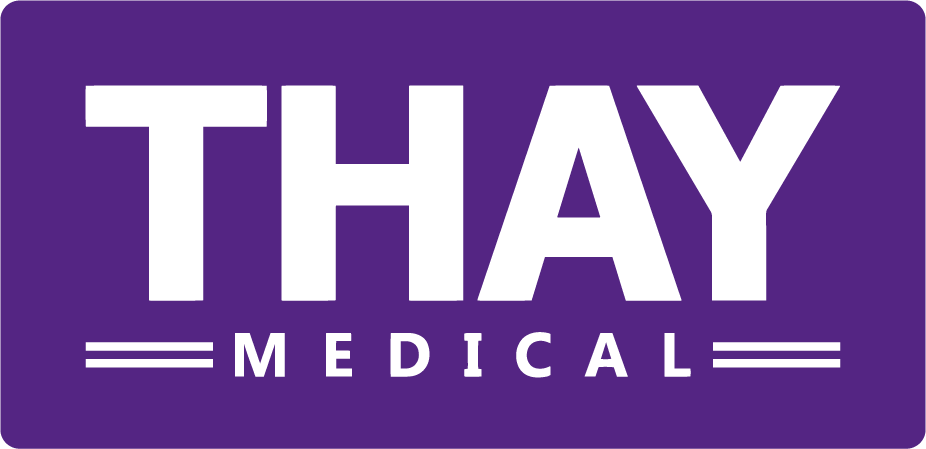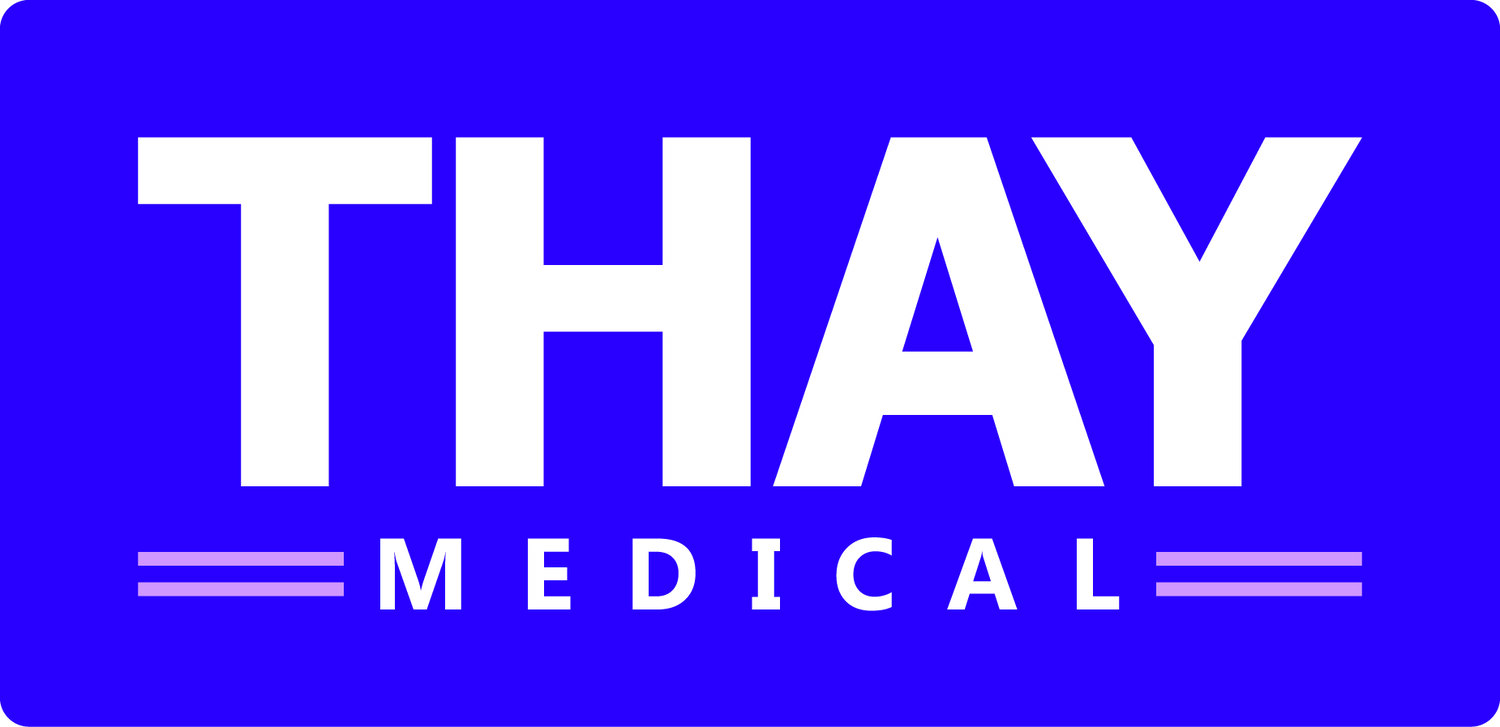Linking Market Research to Usability and Human Factors
 Often within organisations, the Marketing function and the Research and Development functions act collaboratively to define the opportunity space for the next product. Market research is often performed at the very front end of the development process – to define the need, quantify its purpose, return on investment, and to ensure the organisation understands what their customers and purchasers want or need. With medical device developments, market research is often performed without Research and Development input – and possibly without usability and human factors input. Yet interaction with potential users - the intended users, is fundamentally what the usability and human factors process is based upon. At the front end of the development process, the design idea or the concept is generally known, even at a high level – “we want a _________ to do ________ with ________ at __________”. Even if the design solution is undefined, there is a picture generated from the concept or design idea that forms quickly, and that can be evaluated. In usability and human factors terms, we call these pictures “use scenarios”. In addition, within this picture, a basic understanding of the user is seen. The intended user is the person or persons within the picture interacting with the design idea or concept. And even at a basic level, a “persona” can be generated to define the users and interactors with the design idea or concept. These people are the people often involved with the market research, be it in focus groups or individual interviews. Once market research is complete, and the product development starts, the usability and human factors process starts. IEC 62366-1:2015 and the US-based FDA guidance for Human Factors are most frequently used within organisations as regulations to meet for developing medical devices (this is the area THAY Medical operate within). The first part of the process is to define and understand the design idea or concept from a perspective of the user(s), use environments, use scenarios, use limits and use safety. The key part is use safety, since the product development has to produce an acceptably safe product. The early stage product development is almost a repetition of what the market research does, but at the top level is identical – it is user-focused research. Usability and Human Factors professionals interact with the intended users to understand their potential interactions with the product, and to assess where it can go wrong and become harmful. Contrary to traditional methods of market research and product development, could it be proposed that if Usability and Human Factors professionals were involved in the market research, the research method could be enhanced to discuss in detail elements such as potential areas of risk and lack of safety relevant to the design idea or concept? Even at this early stage enough detail could be determined to have confidence that the user(s) is/are sufficiently detailed to meet regulatory requirements, the use scenarios defined and the top-level or most critical risks identified? This could potentially save time in the user research stage of the product development. What is gained is that the Usability and Human Factors professionals are understanding the design idea or concept at the earliest stage possible, potentially enhancing their ability to ensure a safer product. The ability to define and influence the product diminishes the further through the development process the interaction occurs. If interaction occurs at the beginning, there is possibly a higher chance the final product will have enhanced usability and safety. All of which creates less post-launch use-based safety issues, as well as improves the opportunity to develop a great product, rather than an average one. Great products often define trends, average products often have less ability to do this.To theorise, what if the market research was combined with user research? (as shown below)
Often within organisations, the Marketing function and the Research and Development functions act collaboratively to define the opportunity space for the next product. Market research is often performed at the very front end of the development process – to define the need, quantify its purpose, return on investment, and to ensure the organisation understands what their customers and purchasers want or need. With medical device developments, market research is often performed without Research and Development input – and possibly without usability and human factors input. Yet interaction with potential users - the intended users, is fundamentally what the usability and human factors process is based upon. At the front end of the development process, the design idea or the concept is generally known, even at a high level – “we want a _________ to do ________ with ________ at __________”. Even if the design solution is undefined, there is a picture generated from the concept or design idea that forms quickly, and that can be evaluated. In usability and human factors terms, we call these pictures “use scenarios”. In addition, within this picture, a basic understanding of the user is seen. The intended user is the person or persons within the picture interacting with the design idea or concept. And even at a basic level, a “persona” can be generated to define the users and interactors with the design idea or concept. These people are the people often involved with the market research, be it in focus groups or individual interviews. Once market research is complete, and the product development starts, the usability and human factors process starts. IEC 62366-1:2015 and the US-based FDA guidance for Human Factors are most frequently used within organisations as regulations to meet for developing medical devices (this is the area THAY Medical operate within). The first part of the process is to define and understand the design idea or concept from a perspective of the user(s), use environments, use scenarios, use limits and use safety. The key part is use safety, since the product development has to produce an acceptably safe product. The early stage product development is almost a repetition of what the market research does, but at the top level is identical – it is user-focused research. Usability and Human Factors professionals interact with the intended users to understand their potential interactions with the product, and to assess where it can go wrong and become harmful. Contrary to traditional methods of market research and product development, could it be proposed that if Usability and Human Factors professionals were involved in the market research, the research method could be enhanced to discuss in detail elements such as potential areas of risk and lack of safety relevant to the design idea or concept? Even at this early stage enough detail could be determined to have confidence that the user(s) is/are sufficiently detailed to meet regulatory requirements, the use scenarios defined and the top-level or most critical risks identified? This could potentially save time in the user research stage of the product development. What is gained is that the Usability and Human Factors professionals are understanding the design idea or concept at the earliest stage possible, potentially enhancing their ability to ensure a safer product. The ability to define and influence the product diminishes the further through the development process the interaction occurs. If interaction occurs at the beginning, there is possibly a higher chance the final product will have enhanced usability and safety. All of which creates less post-launch use-based safety issues, as well as improves the opportunity to develop a great product, rather than an average one. Great products often define trends, average products often have less ability to do this.To theorise, what if the market research was combined with user research? (as shown below) The above process defined in the Research and Development phase is based upon the Usability Engineering standard IEC 62366-1:2015, and shows that defining the users, use environments, use limits, constraints, contexts of use and intended use are the first elements to really understand. It is proposed that a level of this could in incorporated into a modification of the typical market research methodology. Would this work in real life? Our view is quite possibly, since both the marketing and usability engineering processes interact with intended users. If you have any questions, please do not hesitate to contact THAY Medical. We would love to hear from you.The staff at THAY Medical
The above process defined in the Research and Development phase is based upon the Usability Engineering standard IEC 62366-1:2015, and shows that defining the users, use environments, use limits, constraints, contexts of use and intended use are the first elements to really understand. It is proposed that a level of this could in incorporated into a modification of the typical market research methodology. Would this work in real life? Our view is quite possibly, since both the marketing and usability engineering processes interact with intended users. If you have any questions, please do not hesitate to contact THAY Medical. We would love to hear from you.The staff at THAY Medical

